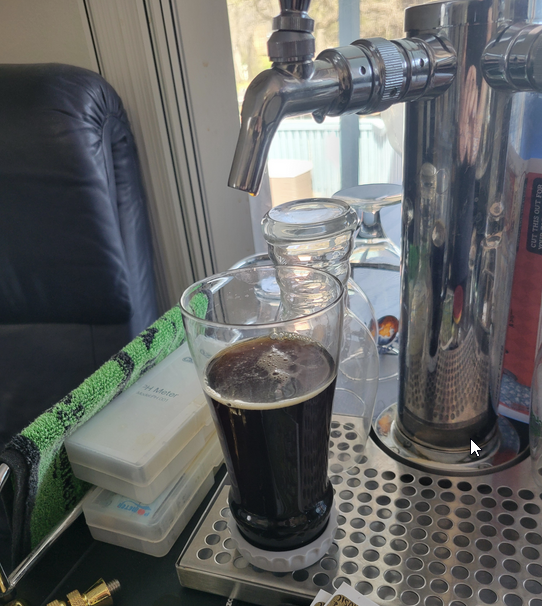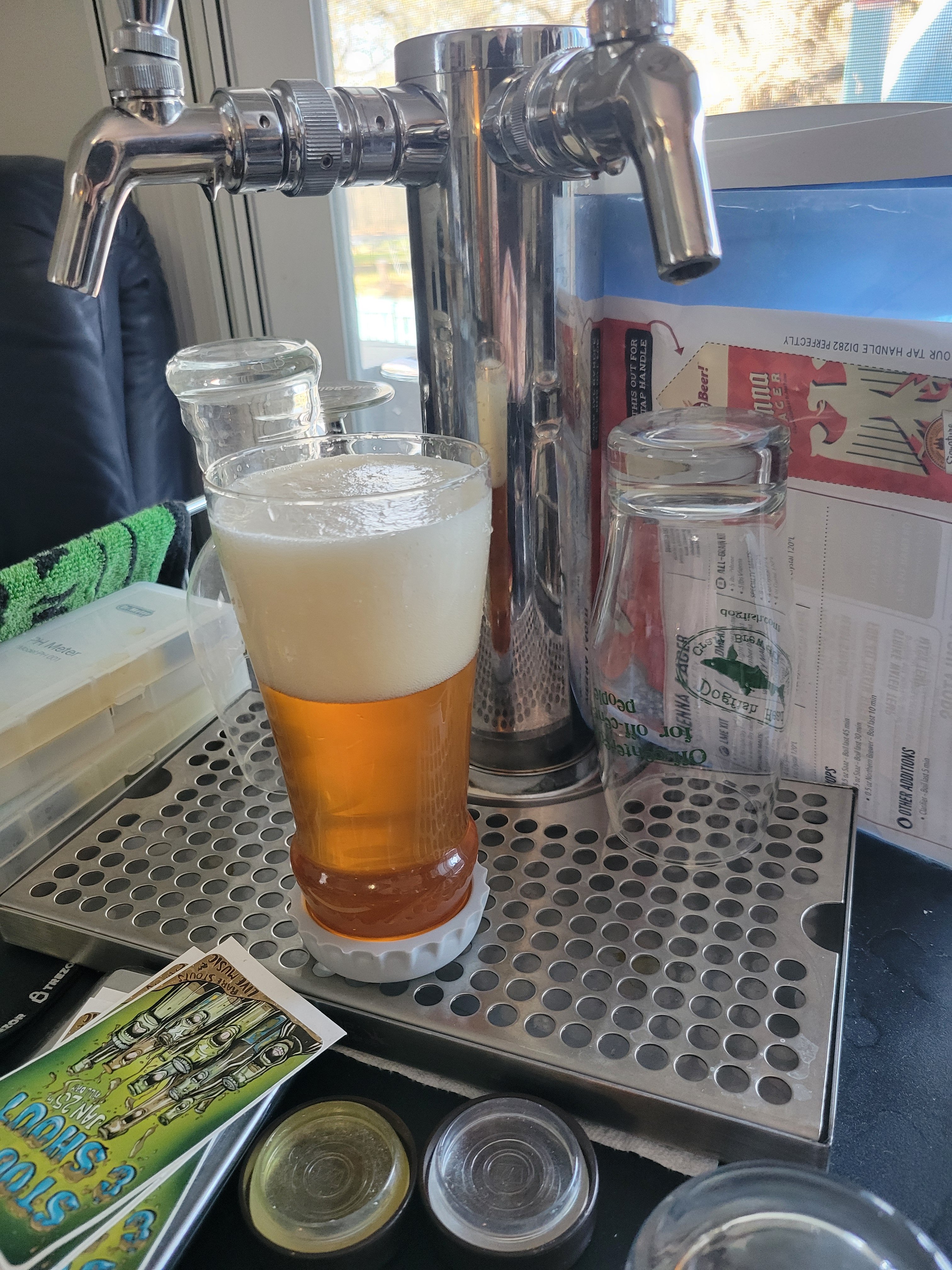i know professor google is looked down upon but in a pinch he's usually on the ball.
( i was going tot say the 60's but i was pretty far off)
The
practice of modifying malts in homebrewing, meaning using different types and levels of modification to achieve various flavor and color profiles, became more common and accessible with the renaissance of homebrewing
in the 1990s, along with access to improved ingredients and supplies.
Here's a more detailed look:
- Historical Context:
While malting and brewing have ancient roots, the modern understanding of malt modification and its impact on beer flavor and color developed over time.
- Pre-1990s:
Before the 1990s, homebrewers had limited access to a wide variety of malts and brewing equipment compared to today.
- The 1990s Renaissance:
The 1990s saw a resurgence of homebrewing and craft brewing, fueled by factors like improved ingredients, access to liquid yeast, pelletized hops, and homebrew supplies.
- Modern Malts:
Today, homebrewers can access a wide range of malt types, from pale malts to specialty malts with various levels of modification, allowing for experimentation and the creation of diverse beer styles.
so it seems like in the 1990's modified malts ( that dont necessarily need protein rests) became available
















![Craft A Brew - Safale S-04 Dry Yeast - Fermentis - English Ale Dry Yeast - For English and American Ales and Hard Apple Ciders - Ingredients for Home Brewing - Beer Making Supplies - [1 Pack]](https://m.media-amazon.com/images/I/41fVGNh6JfL._SL500_.jpg)












































